How are Russia, China and India navigating their geopolitical rivalries?
- Update Time : Monday, November 18, 2024
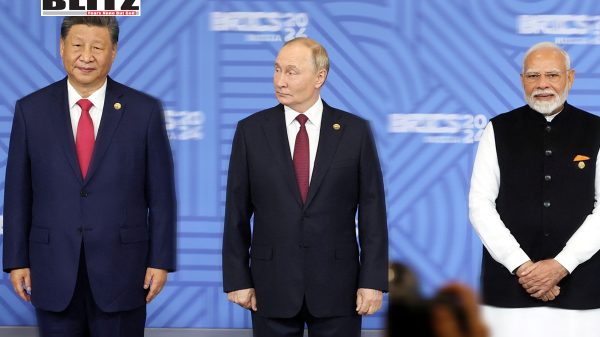
Russia and China, two monumental neighbors, command the largest contiguous landmass in Asia and share a historical relationship marked by both rivalry and strategic cooperation. In recent decades, their ties have been profoundly shaped by global geopolitics, particularly by Western policies. For India, a nation with significant ties to both Moscow and Washington, the evolving Sino-Russian partnership poses both challenges and opportunities. As the world’s largest democracy and one of the fastest-growing economies, India finds itself navigating an increasingly complex geopolitical maze.
The roots of Sino-Russian relations stretch back to the 17th century, defined by territorial disputes over Siberia. The establishment of the People’s Republic of China (PRC) in 1949 saw an initial phase of camaraderie, with the Soviet Union aiding Mao Zedong’s revolution. However, ideological differences between the two nations soon surfaced, culminating in the Sino-Soviet split of the 1960s. Military skirmishes along their shared border and conflicting regional ambitions in Central Asia only deepened the divide.
The rivalry persisted through the 1970s, highlighted by China’s military conflicts with Soviet allies like Vietnam and its support for anti-Soviet forces in Afghanistan. Yet, following the dissolution of the Soviet Union in 1991, the thawing of relations under Deng Xiaoping set the stage for a more pragmatic partnership.
The turning point came in 1996 with a joint communiqué, signaling a new era of strategic cooperation. This partnership was further solidified by border agreements and joint efforts to counterbalance Western influence. By the early 21st century, both nations viewed Washington as a common rival, particularly as NATO expanded eastward.
Recent years have seen Sino-Russian ties deepen, fueled in part by Western policies perceived as hostile by both nations. The US’s imposition of sanctions on Russia following its annexation of Crimea and its military operation in Ukraine has pushed Moscow closer to Beijing. Simultaneously, escalating US-China tensions over trade, Taiwan, and the South China Sea have further aligned the interests of these two powers.
For Russia, the NATO alliance’s eastward march, culminating in the prospect of Ukraine’s membership, has evoked Cold War-era anxieties. Many in Moscow liken Ukraine’s potential NATO accession to a “Cuban Missile Crisis moment.” With limited options to counter Western economic and military strategies, Russia has leaned heavily on China for trade and diplomatic support.
However, this alignment is not without complications. Russia remains wary of over-dependence on China, fearing a subordinate position in the partnership. To counterbalance Beijing, Moscow has actively sought deeper ties with countries like India, Saudi Arabia, and the UAE.
The US-China rivalry has been a defining feature of global geopolitics since the mid-20th century. From Cold War-era confrontations during the Korean and Vietnam Wars to more recent trade disputes under the Trump administration, Washington has often viewed Beijing as a strategic adversary. The Biden administration has intensified this stance, strengthening alliances like the Quad (comprising the US, India, Japan, and Australia) and increasing military deployments in the Indo-Pacific.
China, for its part, has reacted strongly to these moves. Beijing perceives the Quad and similar initiatives as efforts to contain its rise, leading to heightened tensions in regions like the South China Sea. The involvement of European powers like the UK and France in the Indo-Pacific further underscores the global dimension of this rivalry.
India occupies a unique position in this evolving geopolitical landscape. Historically aligned with Moscow during the Cold War, New Delhi now finds itself balancing its longstanding ties to Russia with its growing partnership with the US This duality is particularly challenging as Russia deepens its relationship with China, a country with which India has significant territorial disputes.
India’s reliance on Russian military hardware remains a cornerstone of their bilateral relationship. From advanced weaponry to nuclear energy cooperation, Moscow continues to play a crucial role in India’s defense and infrastructure development. Additionally, India’s import of Russian oil has surged, driving bilateral trade to unprecedented levels.
However, the Sino-Russian partnership poses strategic concerns for India. Beijing’s growing influence in Central Asia-a region historically within Russia’s sphere-has potential implications for India’s regional ambitions. Furthermore, China’s assertiveness along the Line of Actual Control (LAC) and its military activities in the South China Sea directly challenge Indian security interests.
India’s approach to the Russia-China relationship is rooted in pragmatism. While deepening ties between Moscow and Beijing may complicate India’s strategic calculus, New Delhi recognizes the importance of maintaining strong relations with Russia. Prime Minister Narendra Modi’s frequent engagements with President Vladimir Putin underscore this mutual understanding.
India’s policy of strategic autonomy has been key to navigating these complexities. By refusing to take sides in the Ukraine conflict and maintaining neutrality on contentious issues, New Delhi has preserved its ties with both Russia and the West. This approach aligns with India’s broader goal of upholding its national interests without being drawn into great power rivalries.
At the same time, India has strengthened its partnership with the US, particularly through initiatives like the Quad and increased military cooperation in the Indo-Pacific. These moves are aimed at countering China’s regional dominance while ensuring India’s voice remains influential in global affairs.
As the world’s most populous nation and soon-to-be third-largest economy, India is uniquely positioned to influence the trajectory of Asian geopolitics. Its growing economic and military power offers opportunities to act as a mediator in global conflicts, including the ongoing Ukraine war. India’s strategic autonomy and balanced diplomacy could make it a valuable bridge between competing blocs.
For Russia, maintaining a strong partnership with India is equally vital. As Moscow grapples with its growing dependence on China, New Delhi offers a counterbalance that aligns with Russia’s long-term interests. The revival of frameworks like the Russia-India-China (RIC) grouping could provide a platform for fostering dialogue and reducing tensions in the region.
The evolving dynamics of the Russia-China partnership present both opportunities and challenges for India. As Moscow and Beijing forge closer ties in response to Western pressures, New Delhi must carefully navigate its relationships with these major powers. By maintaining its policy of strategic autonomy and leveraging its growing global influence, India can ensure its national interests are safeguarded while contributing to a stable and multipolar world order.


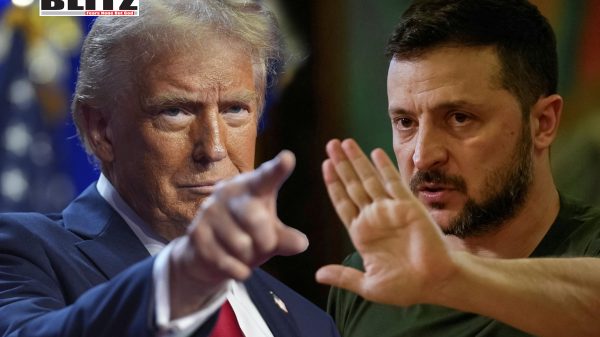
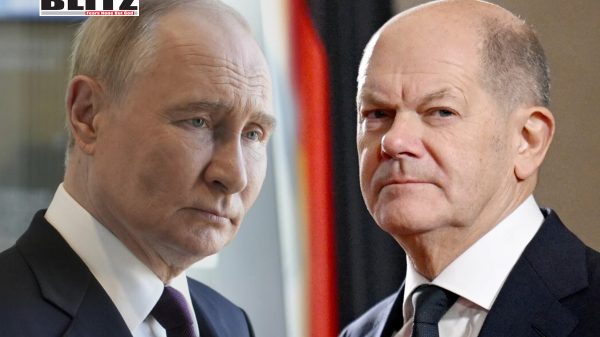
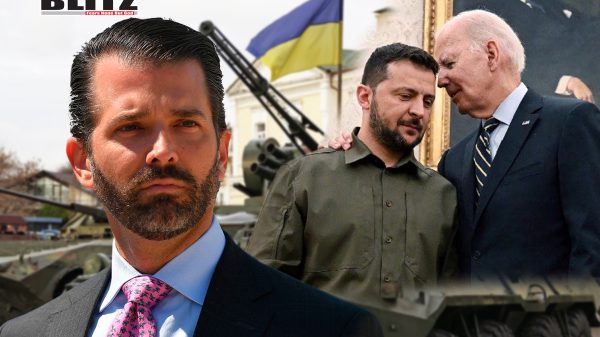
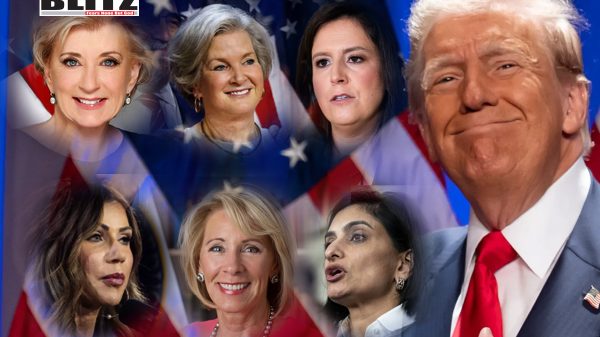


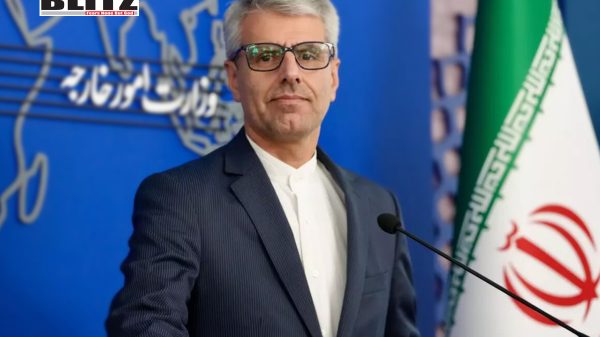

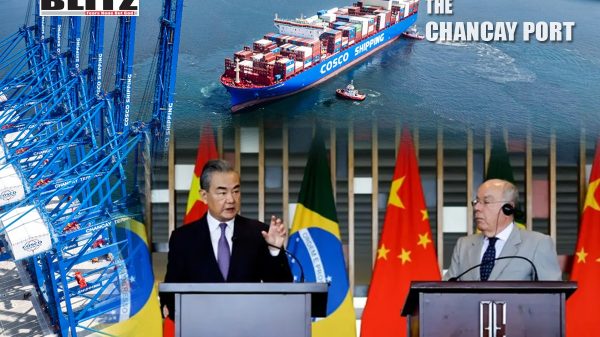

Leave a Reply